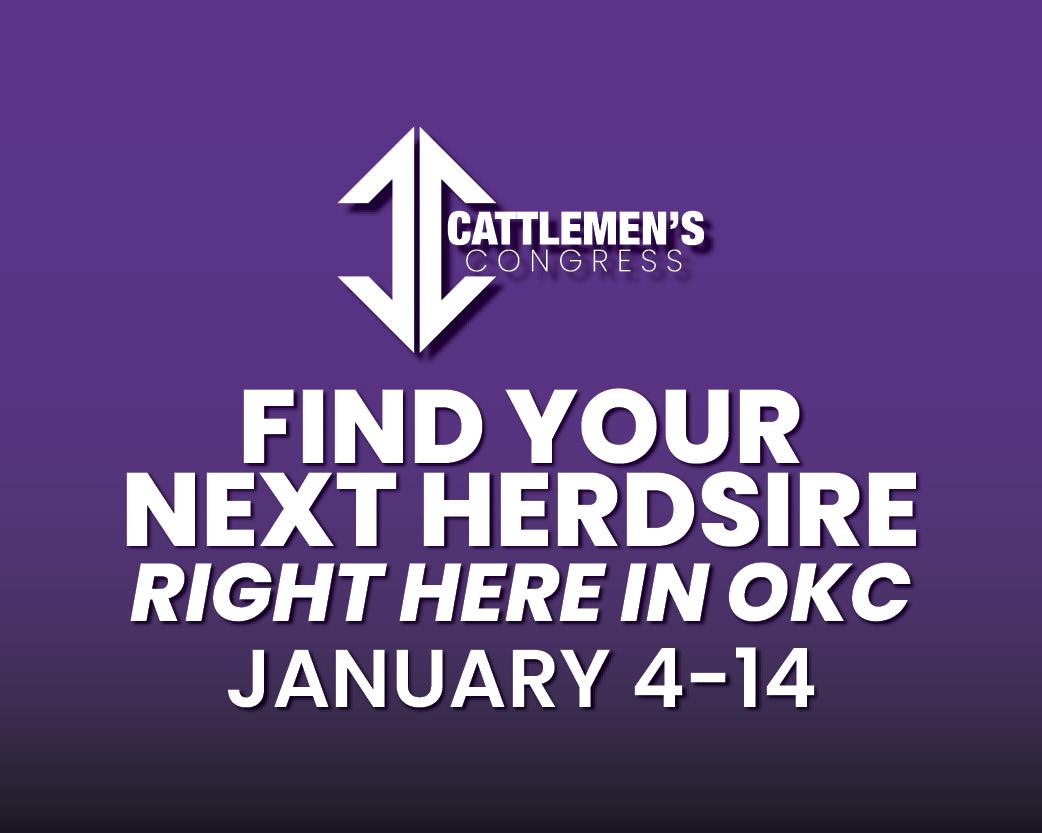
In today’s beef buzz, senior farm and ranch broadcaster Ron Hays continues his conversation from yesterday with Ethan Lane of the National Cattlemen’s Beef Association, who emphasized that while the cattle industry supports revitalization efforts, they are not looking for direct government payments. “We tend to not seek those kinds of market support payments,” Lane explained, stressing that misinformation online about payments to producers was unfounded. “Secretary never said anything about this. No one else said anything about this. And the internet decided to invent it for themselves, and the secretary wanted to clarify there. We appreciated those comments and her commitment to the free market and ensuring that those market signals are functioning the way they should be in the beef supply chain.”
Lane highlighted Secretary Rollins’ focus on increasing access to federal grazing lands, which could especially benefit younger ranchers trying to enter the industry. “There is a ton of federal grazing land in what we call vacant allotment status,” Lane said. He explained that barriers often keep producers from utilizing this land, but breaking those down would provide valuable opportunities. “A lot of times, some of these younger producers that have a hard time getting the financing and the capital required to get started but they have seen some opportunity there, if you could break down some of the walls around accessing those vacant allotments.”
Another key point Lane touched on was the expansion of risk mitigation tools for cattle producers. He noted that while livestock producers have traditionally used a very small portion of crop insurance, programs like Livestock Risk Protection (LRP) are becoming more important. “Less than 3% is being fully maximized by producers… that’s kind of continuing on that good work that we’ve seen over the last few years, increasing access to those programs for cattle producers.” He pointed to progress but suggested more work needs to be done to make sure these options are practical and reliable for ranchers.
Even with these tools available, Lane admitted challenges remain, particularly related to cost and program design. “We still hear quite a bit about the cost and the fact that a lot of producers feel like they’re still not at parity… with other parts of agriculture,” he said. He also emphasized the need for accuracy in the data models used in these programs, ensuring they reflect the high-quality beef being produced today. “Once you go into something like that, producers need to know that they can rely on it and that it’s going to make sense to them.”
Finally, Lane underscored Rollins’ call for opportunities to help young people enter the cattle business, something he strongly supports. “Making sure they feel like they have an opportunity to get into this industry on the ground floor and build a business, and that they’re not priced out of that opportunity just by land values and cattle prices and input costs,” Lane said. He described this as essential to giving producers hope and ensuring the industry’s future. “I think that a lot of that inspiration comes from feeling like there’s hope there.”
The Beef Buzz is a regular feature heard on radio stations around the region on the Radio Oklahoma Ag Network and is a regular audio feature found on this website as well. Click on the LISTEN BAR for today’s show and check out our archives for older Beef Buzz shows covering the gamut of the beef cattle industry today.


















